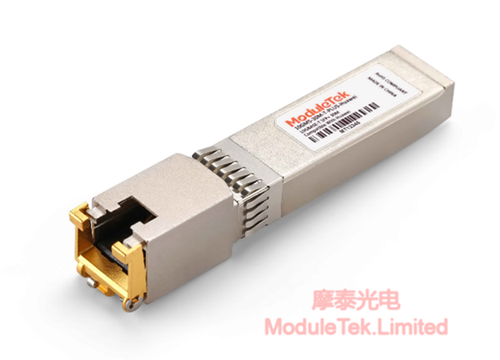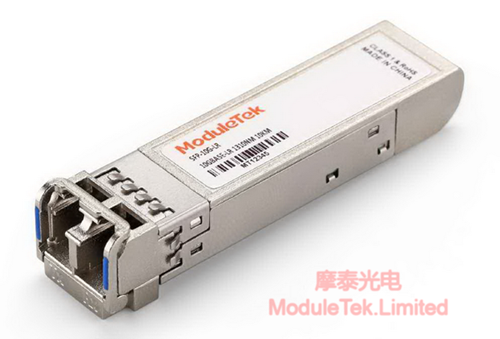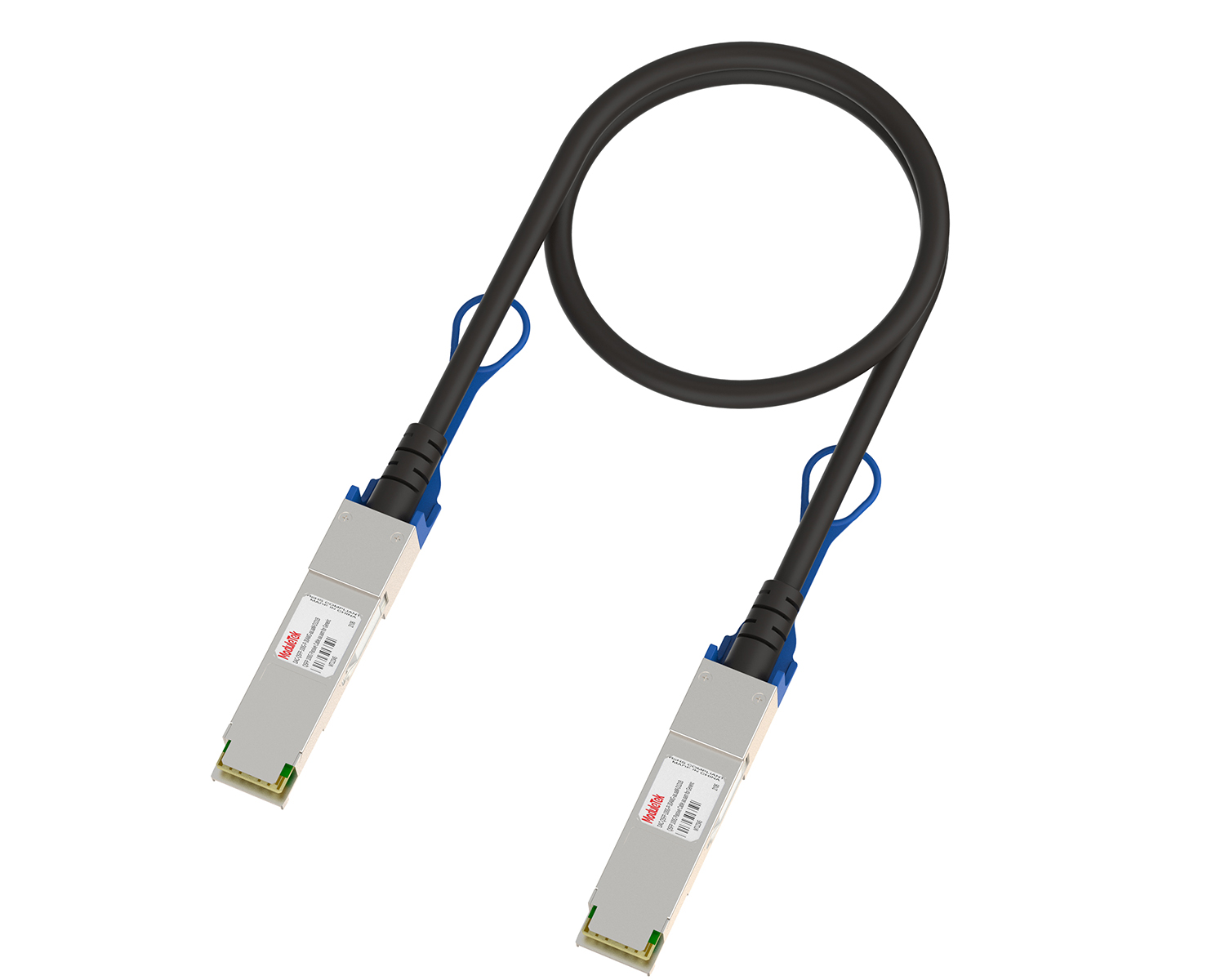Difference between electrical and optical port modules
Time: 2020-02-23
Optical modules are essential components in enterprise networking. According to different rates, encapsulation types and interface types, optical modules can be divided into different categories, one of which is the electrical port module. In the daily enterprise networking, compared to the widespread use of optical modules, electrical modules are not common, is it that the optical module is higher than the performance of the electrical module and lead to this phenomenon? The answer is no, because the performance of the electrical port module is no less than that of the optical port module, but also has unique advantages. The following article will share with you the knowledge and difference between optical and electrical port module fast:
⦁ What is an electrical port module
Electrical port module is also known as optical to electrical port module, which is a module that supports hot-swappable, SFP package form, the connector type is RJ45, and the transmission medium is UTP cable. Since Ethernet is generally designed to transmit over UTP cables over distances of less than 100 meters, the electrical port module is mainly used for short-distance data transmission.

Picture 1 electrical port module
⦁ Application scenarios for electrical port modules
The electrical port module can be directly inserted into the switch or NIC with 100M, 1G, 10G SFP ports, and directly use the existing UTP copper cabling system to achieve data transmission at a rate of up to 10G, connecting the server NICs and switches, avoiding the need for customers to invest in additional upgrades to the fiber optic cabling system.
⦁ Types of electrical port modules
According to the different rate levels of the electrical interface module can be divided into 100 megabit electrical interface module, Gigabit electrical interface module, 10 megabit electrical interface module.
1. 100 megabit electrical port module: the highest supported rate is 100M, usually used in 100 megabit SFP interfaces. Since 100BASE-T ports are mostly provided through the native RJ-45 ports of switches and NICs, the usage scenarios of this module are rather limited.
2. Gigabit power port module: the highest supported rate is 1G, usually used in Gigabit SFP interface. Gigabit Ethernet modules support a variety of different operating modes, usually including: SGMII to 10/100/1000BASE-T mode, and 1000BASE-X to 1000BASE-T mode, users need to choose different Gigabit Ethernet modules according to the type of switch used;
3. 10 Gigabit electrical port module: the highest supported rate of 10G, usually used directly on the 10G SFP interface, due to the fact that many switches / NICs now do not have native 10G-T RJ-45 interfaces, so it is necessary to use to the 10G SFP electrical port module to provide. However, the overall power consumption of 10Gb/s SFP module is still relatively large due to the power consumption of PHY chip, so the heat dissipation of the switch needs to be taken into account in the application, and it is recommended that customers should not use multiple SFP modules on adjacent ports at the same time in the process of using. At present, Motek can provide 10GbE modules with a minimum of 1.8W, which is at the advanced level in the world.
⦁ What is an optical port module
optical port is the physical interface to connect the fiber optic cable, the module on the optical port usually LC, MPO and several other types. Currently common optical modules are mainly SFP optical modules and QSFP optical modules, the rate ranges from 2M to 100G, of which the SFP module adopts a single-receiver/single-transmitter single-channel operating mode, the industry can provide a stable 25G rate SFP module products.QSFP module adopts a four-receiver/4-transmitter four-channel operating mode, the industry can provide four-channel combined 100G rate of the QSFP module adopts 4-receiver/4-transmitter quad-channel operation mode.

Picture 2 optical port module
⦁ Difference between electrical and optical modules
Different interfaces: the interface of the electric port module is RJ45, while the interface of the optical module is mainly LC dual-hole, there are also LC single-hole and MTP/MPO interfaces;
With different: electrical port module is usually used with Category 5, Category 6, Super Category 6 or Category 7 cables, while optical modules are usually connected with fiber optic patch cords, such as multimode patch cords OM3, OM4, OM5;
Parameters are different: electrical port modules do not have a wavelength, while optical modules do;
Different components: the components of electric port module and optical module are not the same, especially the electric port module does not have the core component of optical module - laser;
Moduletek Limited can supply a wide range of optical and electrical port modules with table performance, including 100Mbps electrical port module, 10Mbps electrical port module and adaptive electrical port module. You can also choose to customize according to your actual applications and needs.
If you have any questions about the above content, you can contact us by Email : web@moduletek.com

 40G/100G Optical Transceivers
40G/100G Optical Transceivers 10G/25G Optical Transceivers
10G/25G Optical Transceivers 155M/622M/2.5G Optical Transceivers
155M/622M/2.5G Optical Transceivers 100M/1G Optical Transceivers
100M/1G Optical Transceivers FC 16G/32G Optical Transceivers
FC 16G/32G Optical Transceivers CWDM/DWDM Optical Transceivers
CWDM/DWDM Optical Transceivers 100M/1G/10G Coppers
100M/1G/10G Coppers Active Cable AOC
Active Cable AOC Direct Attach Cable DAC
Direct Attach Cable DAC Regular/MTP-MPO Fiber Patch Cords
Regular/MTP-MPO Fiber Patch Cords MT2011
MT2011 MT2010
MT2010 CodingBox
CodingBox






